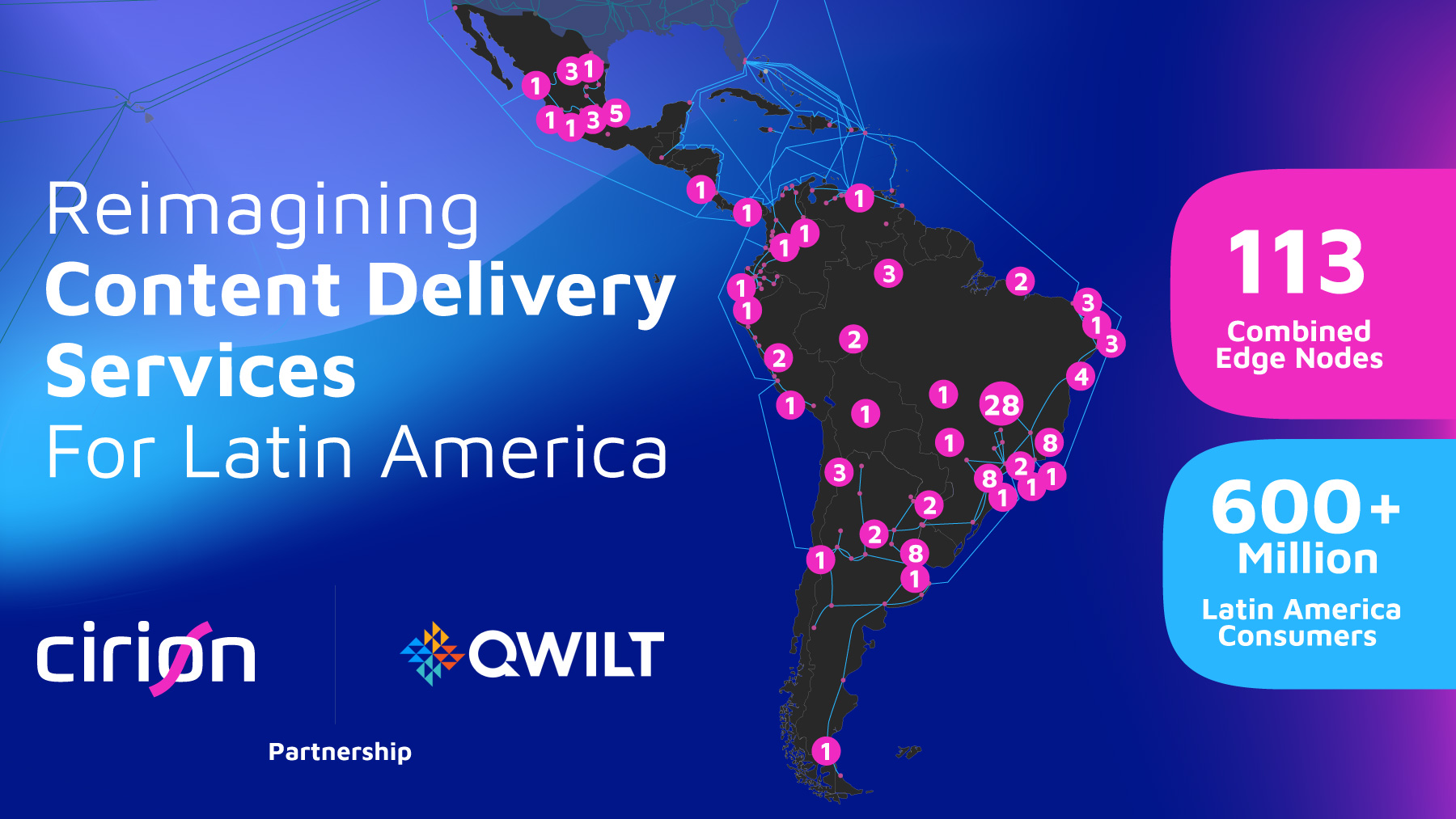
Leading Digital Transformation in Latin America with Substantial Investments
Investments, Expansions and Strategic Alliances
Since the end of 2022, when Cirion Technologies became an independent company, with the support of Stonepeak[1], it has not stopped investing to strengthen and expand its extensive digital and technological infrastructure in Latin America. In 2023, it was about 270 million dollars and by 2024 it projects an investment of 327 million dollars in the region.
The company’s expansions include new network and data center infrastructure, with the addition of new data centers (SAN2 and LIM2) that interconnect with Cirion’s existing data centers, the recently completed expansion of the data center complex in São Paulo, Brazil (SAO1), which increases its total capacity by more than 50%, and has already begun the expansions of its data centers in Rio (RIO1) and Buenos Aires (BUE1). These projects ensure continued scalability for Cirion’s customers as cloud adoption and digital demand continues to proliferate rapidly in Latin America.
Throughout 2023, we continued to expand our fiber network in Latin America by adding more than 115 Tb/s of capacity to terrestrial optical networks and increasing Peering capacity, enabling exchanges of more than 27 Tb/s with other providers. We also increased capacity in different submarine cable segments, bringing the submarine network to a total capacity of approximately 150 TB.
We have developed new strategic alliances with global players such as Qwilt, Tata Communications, CBC Tech, Connectbase, among others, with the purpose of significantly expanding market penetration and strengthening offerings to customers seeking services in Latin America.
These partnerships are making a huge difference, allowing us to offer more efficient and scalable content delivery services, improve accessibility for buyers and other customers in the ecosystem, and expand the reach of their services.
Industry Recognitions
No less important are the industry recognitions. Cirion was awarded the 2023 Company of the Year Award in the Telecom Data Center Services category, and also in the Managed SD-WAN Industry, by Frost & Sullivan. These prestigious recognitions, bestowed by one of the most respected research and analysis firms in the industry, reaffirm our dedication to excellence and our prominent position in the industry. Frost & Sullivan recognizes companies that demonstrate innovation, consistent growth, and strong leadership in their markets, and these awards are a testament to our commitment and outstanding performance.
Most recently, Cirion was recognized as a Google Gold Verified Peering Provider (VPP), so that customers can access Google services, enjoying optimized access to high-speed connectivity, through Cirion’s network.
Service Expansion and Trust Conquered
In addition to investments and recognition, we have achieved significant milestones in the expansion of services and in the trust placed in us by our customers.
We expanded the reach of our Bare Metal Cloud product to Colombia by amplifying the technological infrastructure in Latin America, with the implementation of new regions, thus bringing greater agility from the cloud to the IT infrastructure through an innovative capacity as a service.
We implemented new multicloud connections in Querétaro (Mexico) and Santiago (Chile) with the aim of giving companies in the region even faster and more reliable access to the advantages of the cloud, while ensuring the security and efficiency of their connections. These two new multicloud environments with AWS, Google Cloud, Azure and Oracle are in addition to the existing one in São Paulo; as well as connections in Rio de Janeiro (Brazil) for Microsoft, Buenos Aires (Argentina) for AWS and Santiago (Chile) for Oracle.
We presented the SASE (Secure Access Service Edge) solution, a network architecture approach that combines WAN, LAN, Cloud, and remote access network connectivity and security into one unified solution. SASE provides a secure and scalable infrastructure for accessing cloud applications and services, enabling organizations to efficiently protect and optimize network traffic.
Nelson Fonseca, an executive with more than 25 years of experience in the area of digital infrastructure, was named president of the Data Center business, further strengthening our executive leadership, which already has the experience of Leonardo Barbero, as president of the Fiber business unit.
Likewise, several customers who rely on Cirion’s solutions, such as the YDUQS Group, one of the most important educational groups in Brazil, which has modernized its IT infrastructure, improving its operational capacity, Zapping.com, from Chile, which seeks to revolutionize live streaming in Latin America, providing high-performance technology to transform the user experience, the Anahuac University of Mexico, which aims to improve the connectivity and networks of the distance education system, among many other customers, share their experiences with Cirion, in order to encourage digital transformation throughout the region.
Innovation and Security
We are at the forefront of technological innovation and strengthening our cybersecurity measures. These initiatives ensure that our customers receive high-quality solutions in fully secure environments.
For these and many other reasons to be proud, we want to thank our customers for their continued support and trust in Cirion Technologies.
For more information on our recent initiatives and achievements, visit our website and follow the latest news from Cirion by subscribing to our monthly newsletter.
[1] Stonepeak is a leading investment firm specializing in global digital infrastructure, managing assets worth approximately US$61.1 billion. Stonepeak’s global data center portfolio includes Cirion in Latin America, Cologix in North America, Digital Edge in Asia, and a joint venture with American Tower’s CoreSite in the United States.









